No Results Found
The posts you requested could not be found. Try changing your module settings or create some new posts.

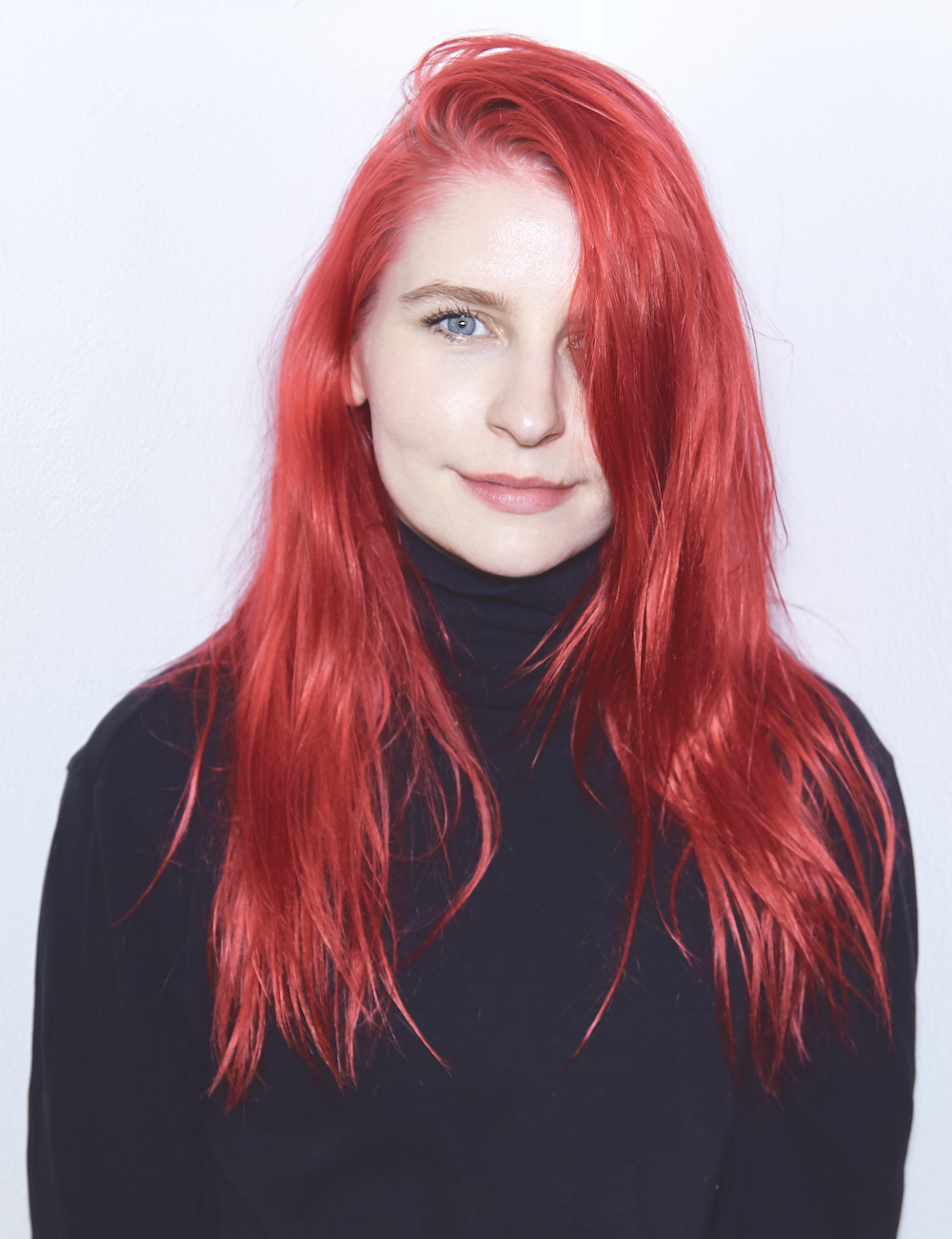
Alex Brownsell
Once upon a time, hair colours were named after things in nature: mahogany, copper, ebony, platinum. All that changed in 2010, when Alex Brownsell moved out of her makeshift salon in her East London house share (appointments were charged at “£50 and a bottle of wine”) and started Bleach London at age 22, courtesy of two chairs in the back of Sharmadean Reid’s WAH Nails in Dalston. Brownsell, who trained in her mother’s salon in the Midlands before landing a coveted trial position at Daniel Hersheson, was known for her experimental work, and Bleach – the first salon dedicated to colour – quickly became a hotspot for celebrities and sub-culture kids, seeking out her Noughties-defining dip-dyes and full heads of grey, white and pastel pink. “It was quite wild, actually, a bit like a party,” Brownsell recalls of those early days. “You’re classically sold trying to look beautiful and pretty and sexy and elegant and young. And what I tried to create with Bleach was the opposite.”
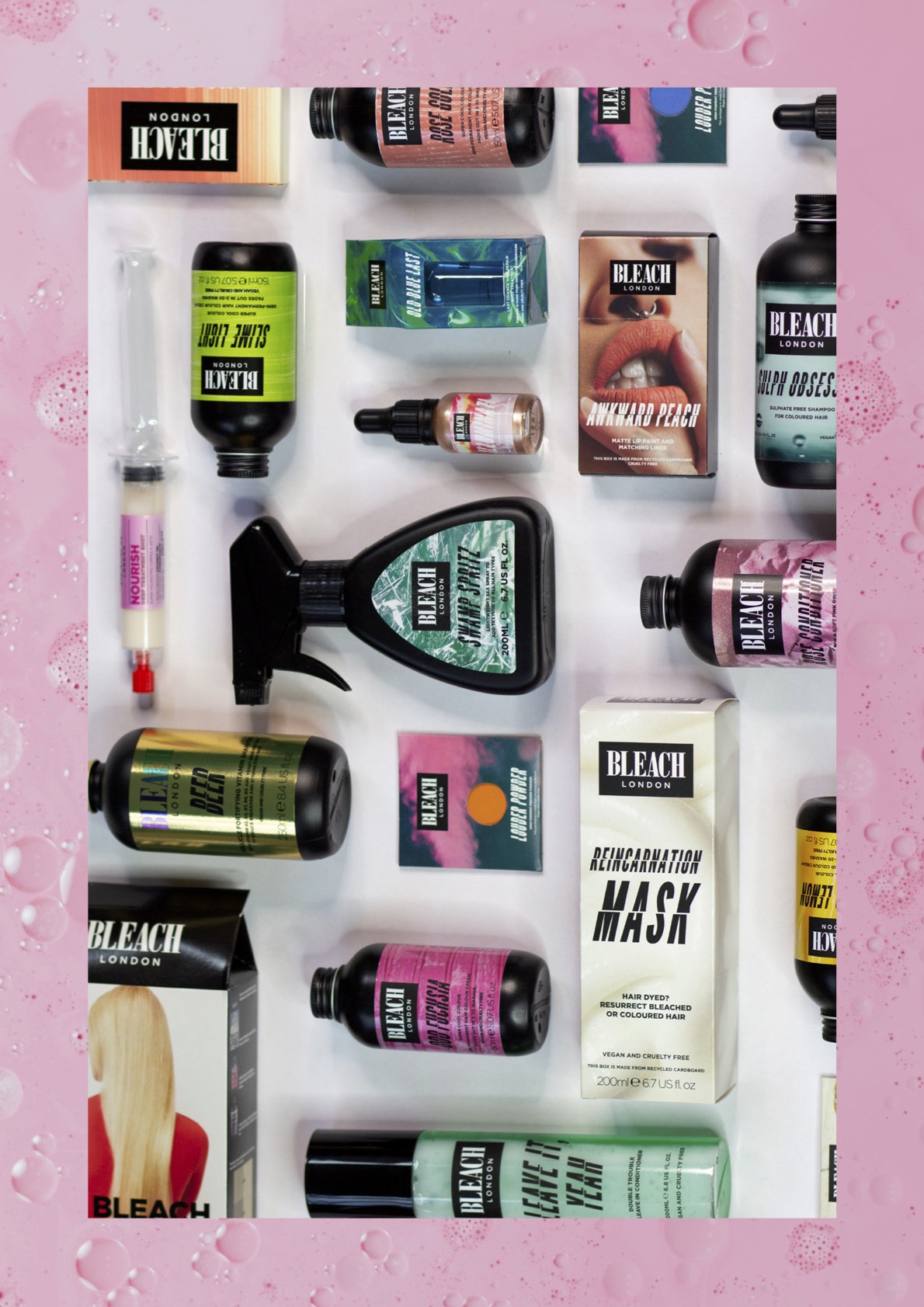
Bleach burst onto the scene with colours named Slime Light and Beer
Bleach’s meteoric rise led to stand-alone salons, a partnership with Topshop and a DIY hair colour product line co-created with Boots (Brownsell bought the high-street retailer out of its licence five years later). It wasn’t long before fashion houses took note. Already enjoying regular bookings as a session stylist, Brownsell began working with Gucci on its campaigns, overseeing all the hairstyling, colour and wigs to achieve the soft and raw looks dreamed up by creative director Alessandro Michele. She then spent four years working at Celine with Hedi Slimane, bringing his vision and characters to life. Distinguishing between a Gucci blonde (“cinematic and creamy”), a Celine blonde (“punk and not toned”), and a Vetements blonde (“hard silhouettes and solid shapes”) offers a glimpse at the nuance of Brownsell’s artistry, which she likes to describe as precisely imprecise. “What I prefer is that everything looks a bit home done,” she says, “and that’s the thing about Bleach. We’re doing it perfectly, but it doesn’t look like you just went to the salon.”
Bleach started in your living room. Did you ever think it would get as big as it did?
Not at all! I remember being in WAH Nails and talking to Sharmadean about how the salon in my house was a mess and I couldn’t handle it anymore – and neither could my flatmate. A couple of days later, she emailed me and was like, ‘Come and take a chair here in the back. So, me and my business partner from back then literally came in and set up. In the first two weeks, my assistant AlishaDobson, who still works at Bleach, and I were working back–to–back until it grew. I’ve always had moments feeling like I’m not good enough and that at any minute the whole thing will fall away. And with Bleach, building a business is hard, it’s been full of twists and turns, feeling like you are teetering between world domination and total collapse. So, I guess I’m still waiting for that moment when I feel like I have cracked it. But I don’t think it’ll come until it’s all over and I have time to digest it all!
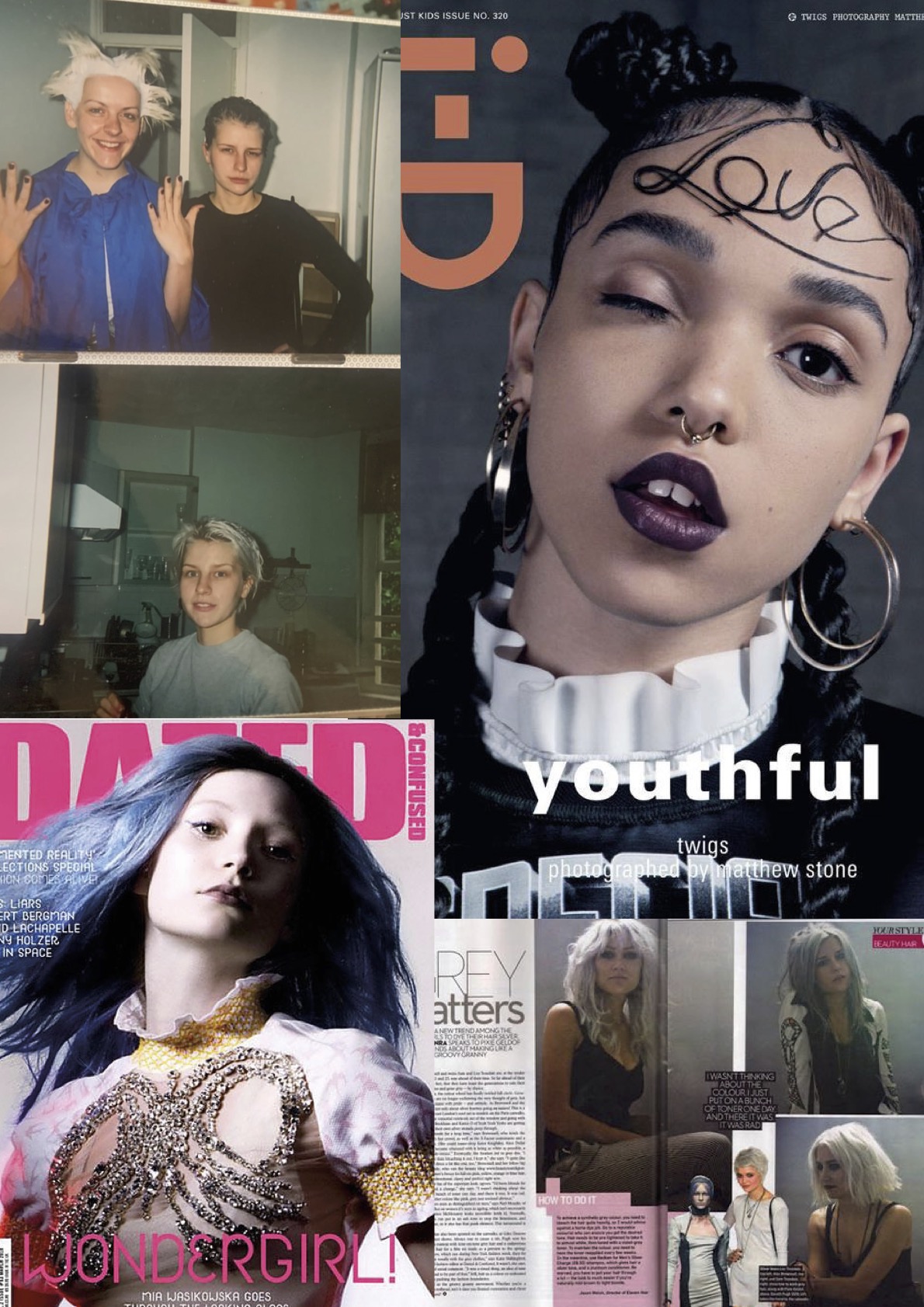
When it launched in 2010, Bleach London’s impact was instant – and huge
Looking back, what has been your favourite period of the brand journey?
God, so many bits. The start was obviously amazing. You look back with your older mind and think, ‘How did I do that? I was so brave!’ Nowadays I’m more cautious, I review every decision. But in the beginning, it was just like, ‘Yes, let’s go to New York and do a pop up!’ But I’m also so proud ofseeing our apprentices go on to achieve amazing things – opening their own salons or working at incredible places, like Josh Wood. Those moments have been impressive and important. Andbittersweet too, because you’re losing people…
You started at Daniel Hershesons aged just 16. How influential was that time on what was to come?
It was critical. While I was there, I met a lot of session hairdressers – Rudy Lewis, Lyndell Mansfield, Syd Hayes, and I ended up assisting most of them. Coming from a small town, I thought you could either be a celebrity hairdresser or you could work in a salon. Obviously, it must have crossed my mind that people work on film and TV, but I didn’t think there was a fashion [counterpart]. I did my first fashion cover at 19 for Dazed. It was one of [Gareth Pugh’s muse] Katie Shillingford’s things. She took this wig that I’d spent two weeks dying an amazing blue and used it on [actress] Mia Wasikowska, who had a shaved head at the time.
“Sometimes, when I meet someone and they ask me what I do, I just say ‘Hairdresser’ and then I stop and see what their reaction is. And often, people are really dismissive”
You’re obviously very skilled with the bleach bottle, but that rule breaking attitude to colour? Where did it come from?
Actually, I’m really strict about hairdressing. One of the things that surprises people when they meet me or come and assist me is that I’m almost militant about what they need to learn, which is kind of opposite to what they think Bleach is about. Ultimately, at Bleach you’re doing colour corrections all day, so you have to be able to do the basics really well or you won’t survive. But the rule-breaking probably came from being at Hershesons and being so young and realising that anything is possible in terms of who you can be and what you can do with your look, which really blew my mind. I wantedto look like Debbie Harry, but nobody would bleach my hair. Eventually, my mum did it, but it was very yellow and only Lyndell was able to fix it. I experimented a lot on friends, so a lot of my techniques were self-taught. And I was really influenced by people I was working with in fashion, as well, who were trying those looks that had a kind of DIY feel.
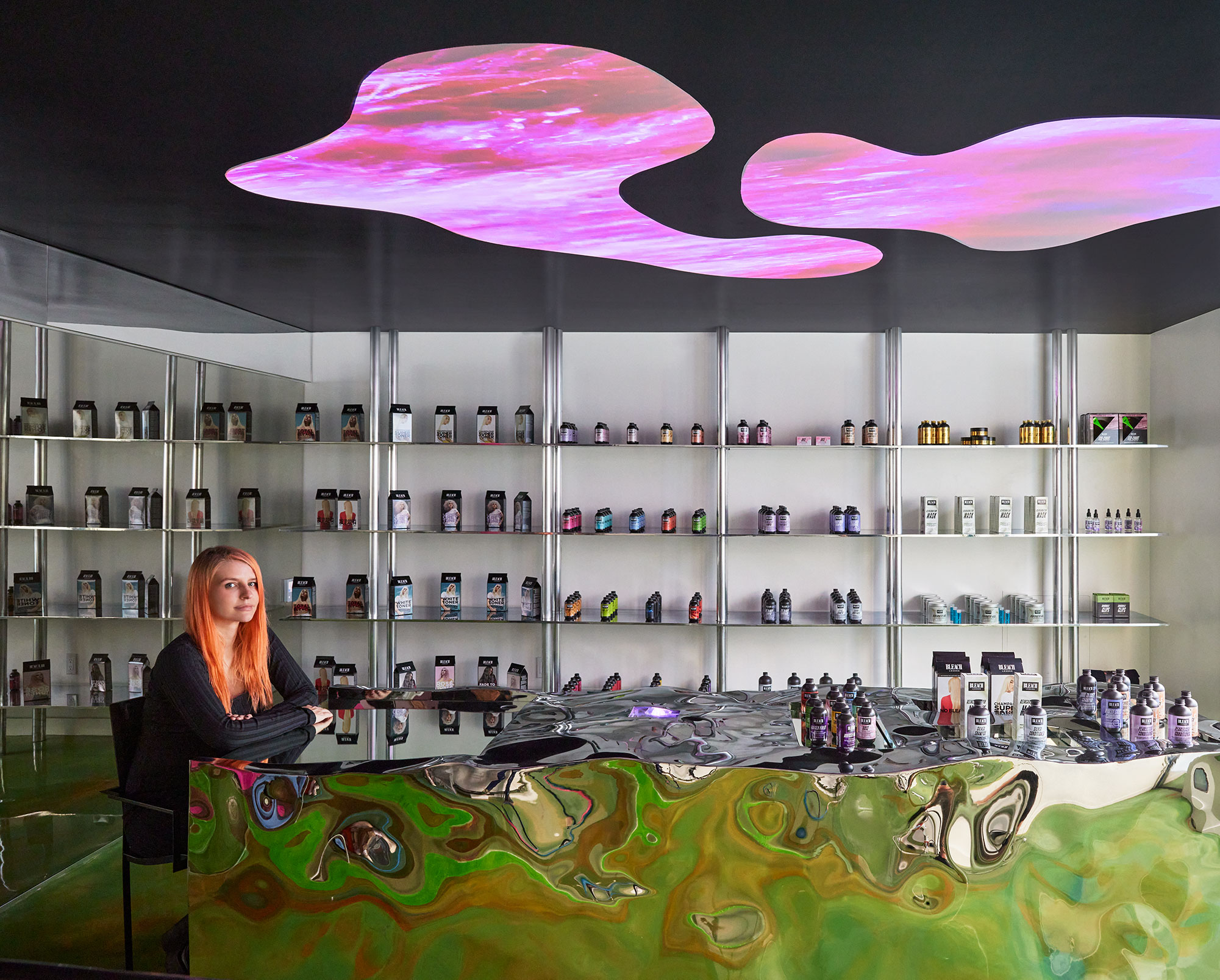
“I can be as creatively fulfilled doing product development as doing my session work”
Of all the looks associated with Bleach, it’s probably the dip-dye that everyone knows. How did that come about?
Katie Shillingford, who was Gareth Pugh’s muse at the time, said to me one season, ‘It’s his first show in Paris. I want to look like one of his dresses.’ He had this dip-dyed black-white gown as one of his main pieces and a lot of it was monochrome. And I was like, ‘Let’s try and do that with your hair.’ That’s the first time I did a dip-dye – in my kitchen literally holding her hair upside down and thinking, ‘Uh, how do we blend it?’
In 2012, the same year you open your first full Bleach London salon in Dalston, Boots approach you to launch a product range. Was that something you had considered at that point?
Absolutely. It’s actually my hobby even now, sketching out brands. I have so many of them from back in the day that are really fun, like a shampoo and conditioner based around breaking up with your boyfriend in your teenage years. So when Boots approached me, I didn’t even have to think about it. I was like, ‘Yes, of course, and it’s going to be X, Y and Z.’ At that point, Boots sold something called Lightening System 101 and it was actually a bleach with 40 vol developer. I was amazed that you would call it that, so in effect the customer was putting a bleach on their hair and they wouldn’t even know. Our colours are made by an amazing manufacturer and that affects our margins but it means that when consumers buy into Bleach, they’re buying something a professional would use and they’re being told about it in a way that’s open, honest and transparent.
The new campaign shots for Super Cool Colours
For many people, Bleach is a scary word. Has it ever caused problems in your business?
When we expanded into the US, people found the name Bleach London really difficult to get their head around because they’ve been told that bleach is bad. And every few years we’ll go through it with a retailer or an investor, who’ll say, ‘Well, what about the name?’ We actually launched a permanent range called No Bleach London, and that’s made people annoyed as well, so I feel like I can’t win!
What was your experience like, working with Boots?
We were really lucky to get to work with Annabelle Franks who was setting up an incubator for disruptive beauty talent, to bring it into the Boots ecosystem. Bleach was an overnight success for them. It showed them the appetite among young people around the country to experiment with their hair in an accessible way. Sometimes, because of working in fashion, I look back and think, ‘Boots… Should we have done something else?’ but the brand visibility you get from Boots you cannot create in any other way. It’s the best marketing you could ask for.
“A question I ask is, ‘Can you name one female hairdresser?’ And nobody has ever had an answer”
And yet five years later you bought them out of the licence. Was that about wanting more control or because you could see opportunities for expansion beyond Boots?
I had always set my sights on global distribution, and much as Boots would have loved to offer that, it was just a bit slow for us. Having ownership of the licence is a natural conclusion for lots of brands. I just wanted to see what else was out there. But I have to say, when I see people start brands, ownership is a big thing for them and it was for us too, but sometimes I think they get that a bit wrong. I’ve come to understand that you’re better off having a smaller percentage of something amazing than 100 per cent of an idea that exists only in your bedroom.
The No Bleach Permanents were a major landmark for the brand
It’s quite an unusual situation – particularly for a female – to be a salon owner and simultaneously the owner of an incredibly successful product brand.
Sometimes, when I meet someone and they ask me what I do, I just say ‘Hairdresser’ and then I stop and see what their reaction is. And often, people are really dismissive. Yet, if I were to say I was a make-up artist, it instantly has this level of intrigue and prestige around it. I find it really interesting how hairdressing still has this stigma attached to it. And that’s always been a bit of a mission of mine,to say that hairdressing is a great career, and you can do whatever you want in it.
Hairdressers like Jen Atkin and Chris Appleton are the face of their brand, but you don’t seem to play that same role within Bleach. Why not?
I’m naturally quite shy, which probably has led to it being that way, but internally within the businessI’m very visible, I’m around. What people like Jen and Chris have done is amazing, especially going back to that point of showing people how hairdressing is a credible career. But I’m doing a lot of retail meetings now, because we’re doing European expansion, and a question I ask is, ‘Can you name one female hairdresser?’ And nobody has ever had an answer. We inside the industry know there are lots of great female session stylists, but I think if you asked the public to name a famous hairdresser, theywould all be men, which is interesting, given our industry is 88 per cent female. You don’t think about gender disparity in hairdressing, because it’s so predominantly female, but where are all the female hairdressers who are household names? I’m not saying it should be me, but I think there should be somebody.
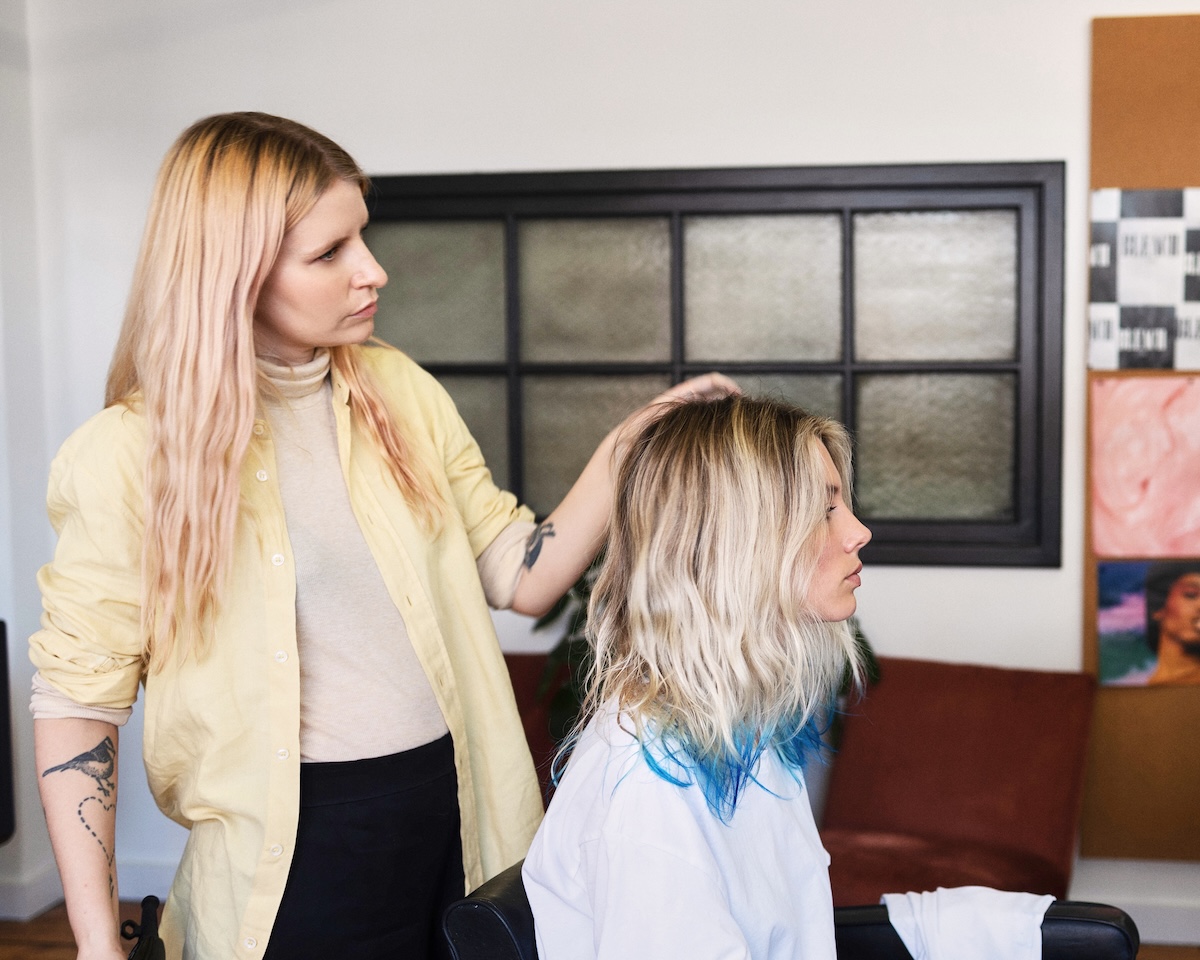
Brownsell still creates iconic Bleach colour looks, working out of a VIP salon in her office
How do we go about making that change?
Maybe rewarding female session stylists to do more in industry? I know it’s the norm now to straddle session and salon, and it’s the same for the influencer slash hairdresser slash fashion person. You can be it all now but it’s very new. The make-up artist Isamaya Ffrench is really breaking boundaries, she has a huge presence on social media, but she’s still doing very high–end fashion. In the past, if you crossed that line, it was hard to stay in the fashion world.
Is your session work where you fulfil yourself creatively as a hairdresser?
Sometimes, yes, if I do an amazing beauty editorial where I’m allowed free rein. But I can also get that in the studio for Bleach as well, when we’re doing concepting or product development. If you’re a creative, you’ve just got to find the bits that feel good to you. I’ve worked on fashion campaigns that somebody might think was the pinnacle of my career, and I’ll have been bored out of my mind, while I can be in the office looking at a financial spreadsheet and think, ‘This is really fun’.
In 2021 Bleach London established a US presence by opening a salon in LA
Your £5,000 Super Cool Colour Creative Fund is looking to support young creatives just like your 16-year-old self. Is this your way of giving back?
When I was young, you could move to London, do a hairdressing apprenticeship, pay your rent and create on the side. It’s almost impossible to do that now. So, we’re asking our audience to tag people who they think would benefit from this prize fund, and then we will ask them to create a piece for us. We’re hoping to find an emerging artist who will really benefit from the money. Fingers crossed, a lot of hairdressers will apply!
The posts you requested could not be found. Try changing your module settings or create some new posts.
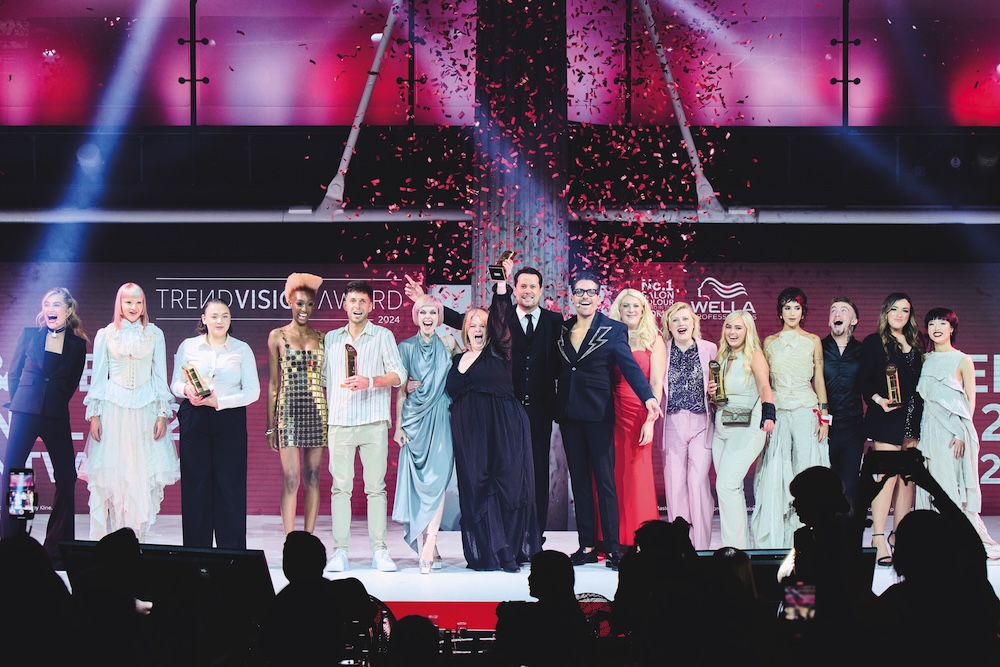

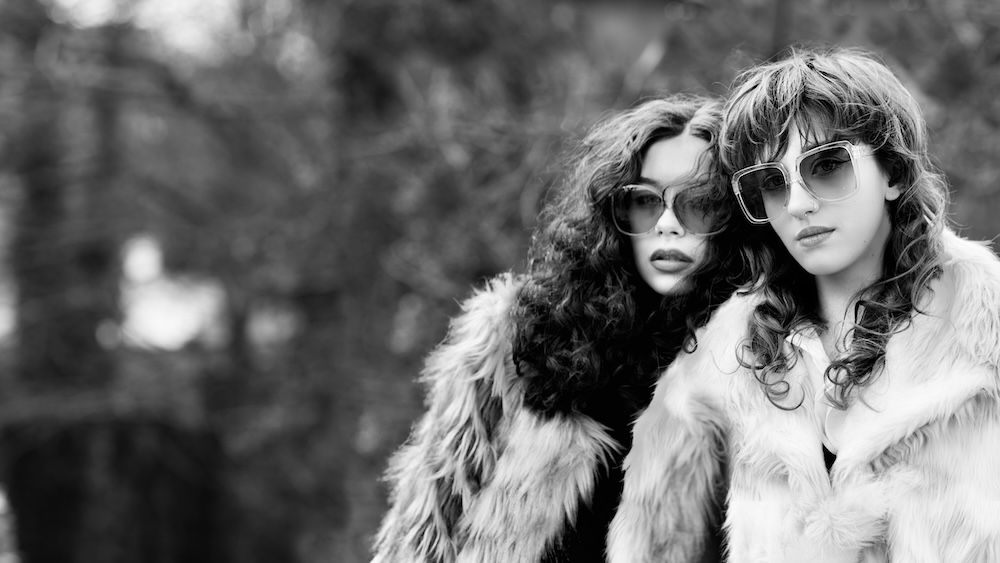
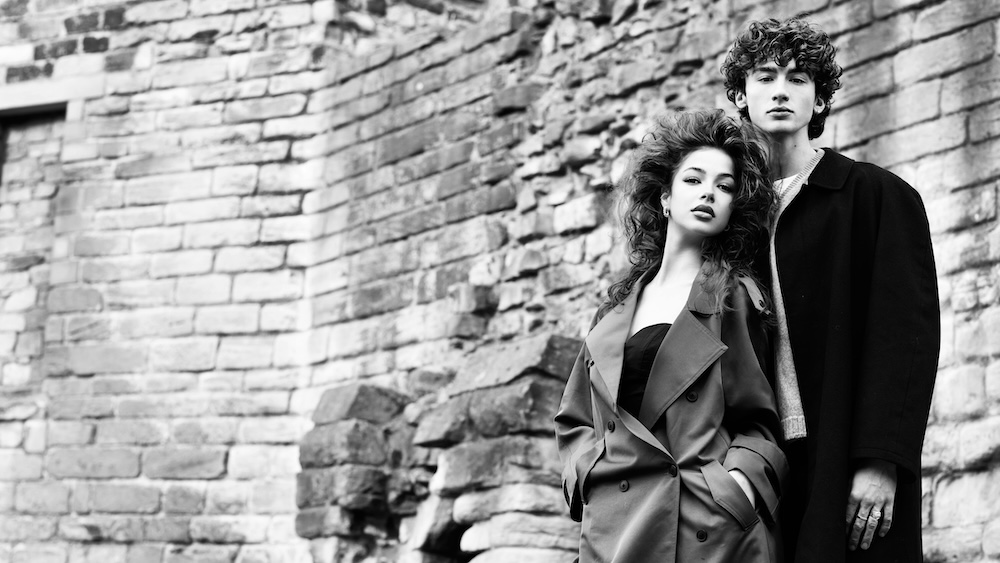
Over a three-week period in early February 2025, photographer Michael Young took to the streets and bridges of Newcastle, shooting a series of images that captured his love for his home city. This was a personal project of Michael’s, undertaken purely for his own pleasure and without any of the commercial or time pressures he encounters in his usual photographic work. Instead, the shoot was scheduled around the availability of the models (all of them from Newcastle, all of them wearing their own clothes, with hair styled by Michael’s partner Gary Hooker) and, of course, the good old Northern weather.
The resulting images – free of any influence from industry trends or peers – reflect Michael’s authentic connection with what excites him and stirs him creatively. ‘Hometown’ is about what Michael loves and what comes from the heart.
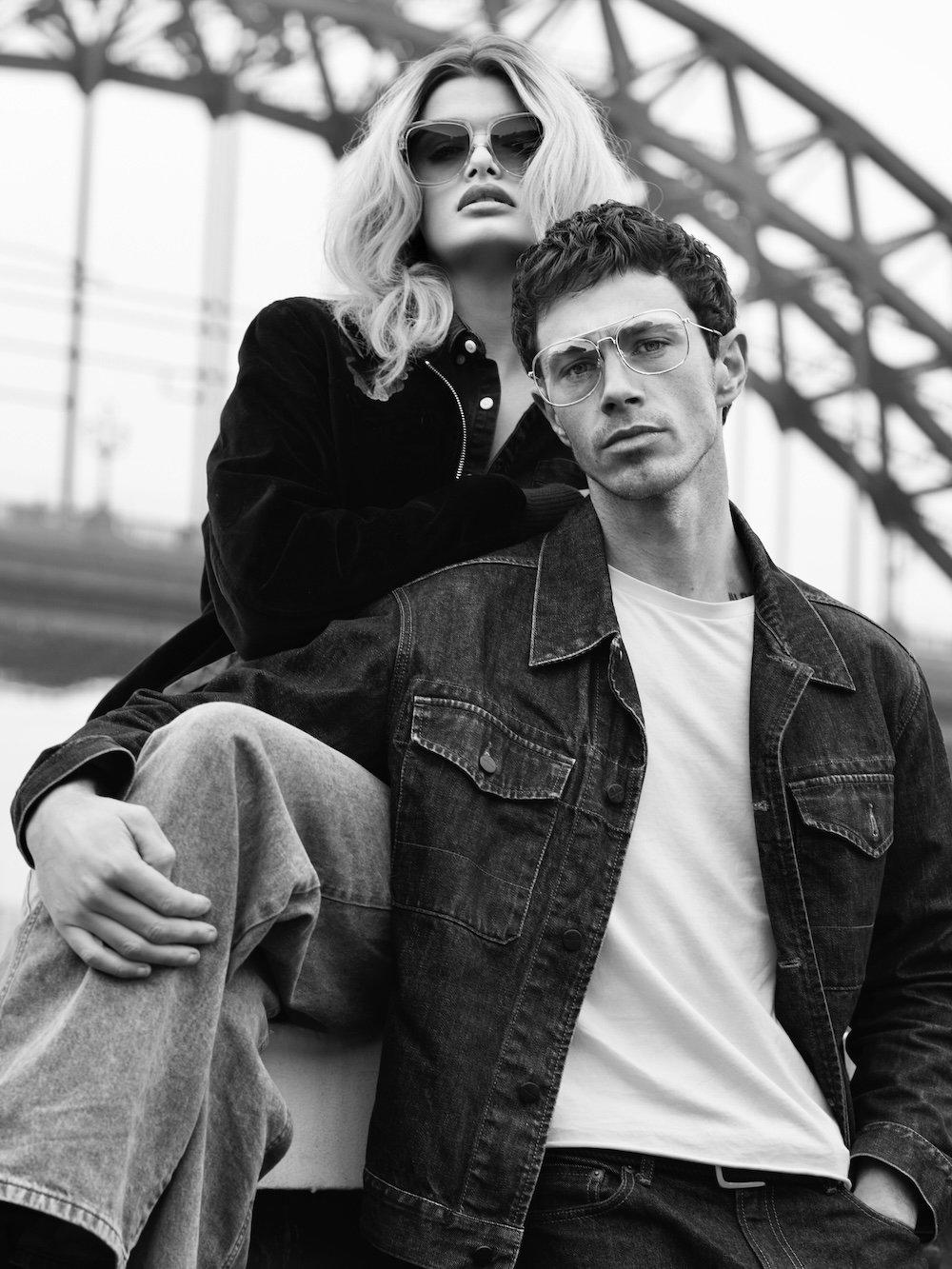
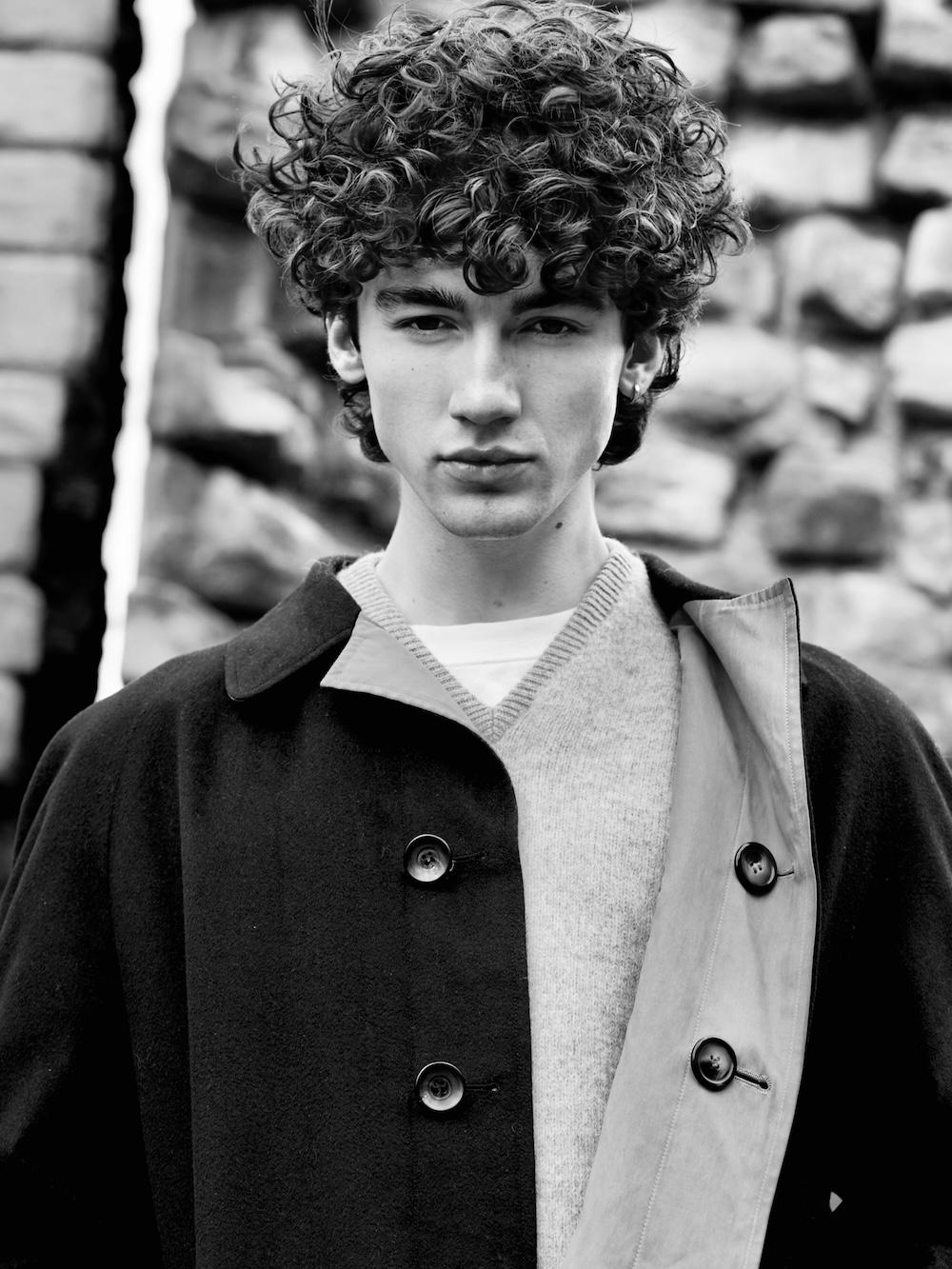
“When you’re immersed in your professional photographic work it’s so hard not to be influenced by what the current buzz is about, how you feel your work ‘should’ look. It’s easy to forget what you personally find interesting when you’re producing work for other people’s consumption. This project allowed me to step away from these influences and develop my own creativity.
“Working without constraints, without any pressure, allows my creativity to flow in a truly organic way. It tends to happen best when I’m working alone. I let my thoughts start in quite a small space and then allow them to expand and unfold as the project evolves. Shooting the looks and seeing the ‘Hometown’ story start to build was exciting – it injected freshness into my art. The process is like an artist painting at an easel, stepping away and then returning time and again with fresh eyes to see what needs adding next.
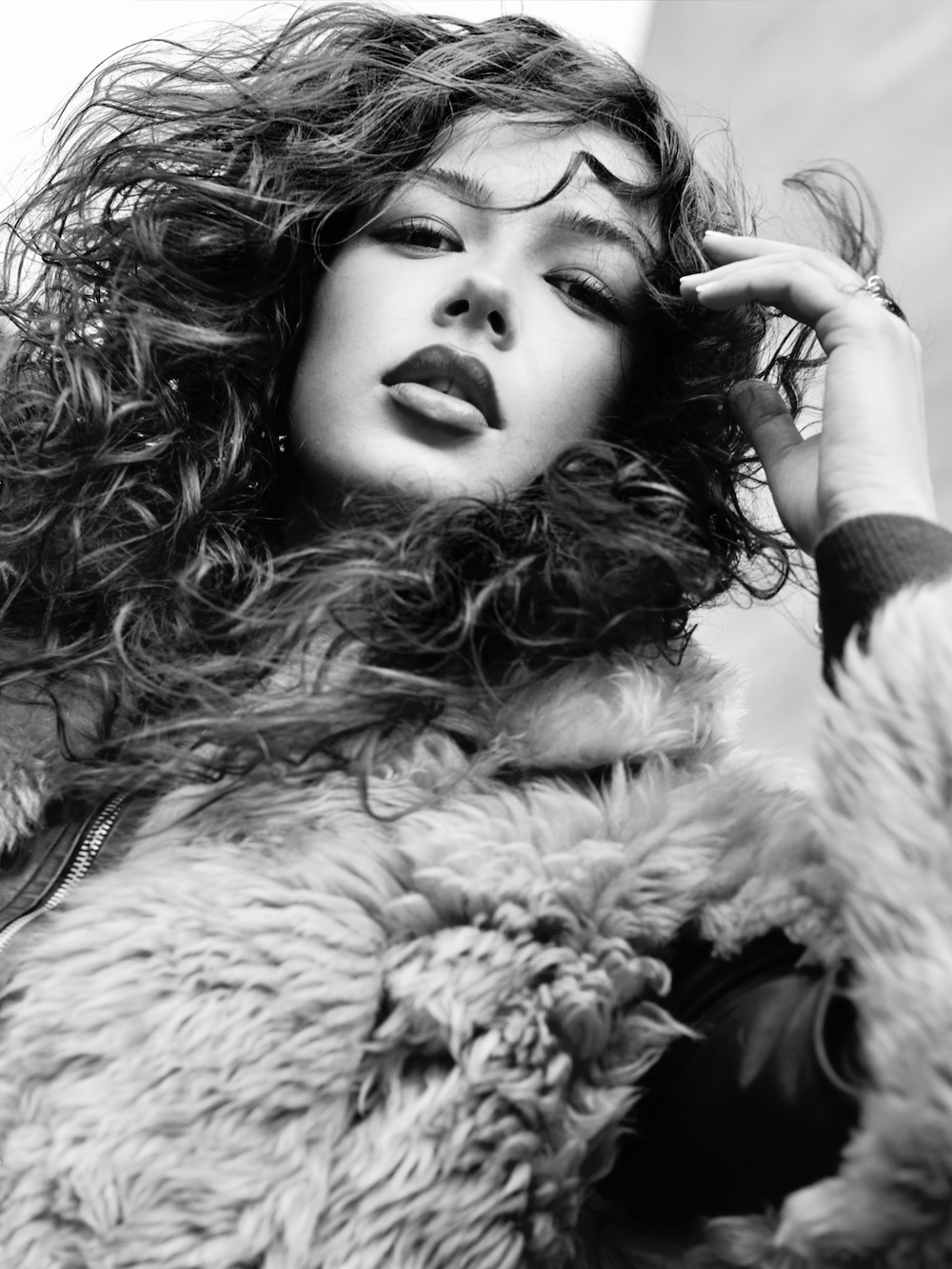
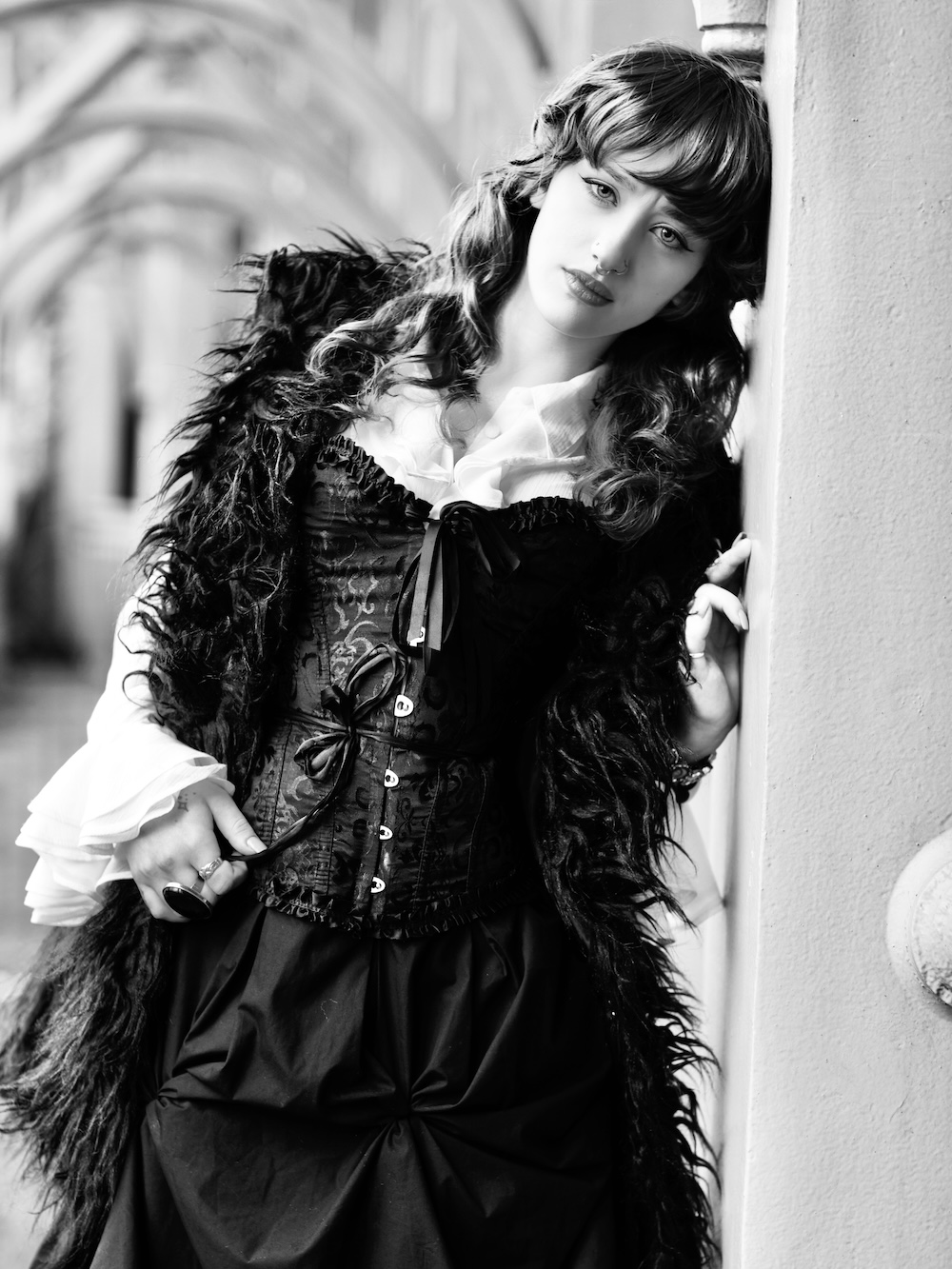
“A personal project like this enables me to develop my creativity by providing new sources and channels of inspiration and opening up new and exciting approaches to explore. It forces me to think differently about how I approach my subjects and this, in turn, affects my professional work, making me see familiar scenarios through different eyes.”

HAIR Gary Hooker & Michael Young for Hooker & Young
MAKE-UP AND CLOTHES Models’ own
PHOTOGRAPHY Michael Young
Michael Young will be talking about reclaiming confidence and staying creatively relevant as a salon boss at Creative HEAD’s Salon Smart business networking event on Monday 7 April. More information here.

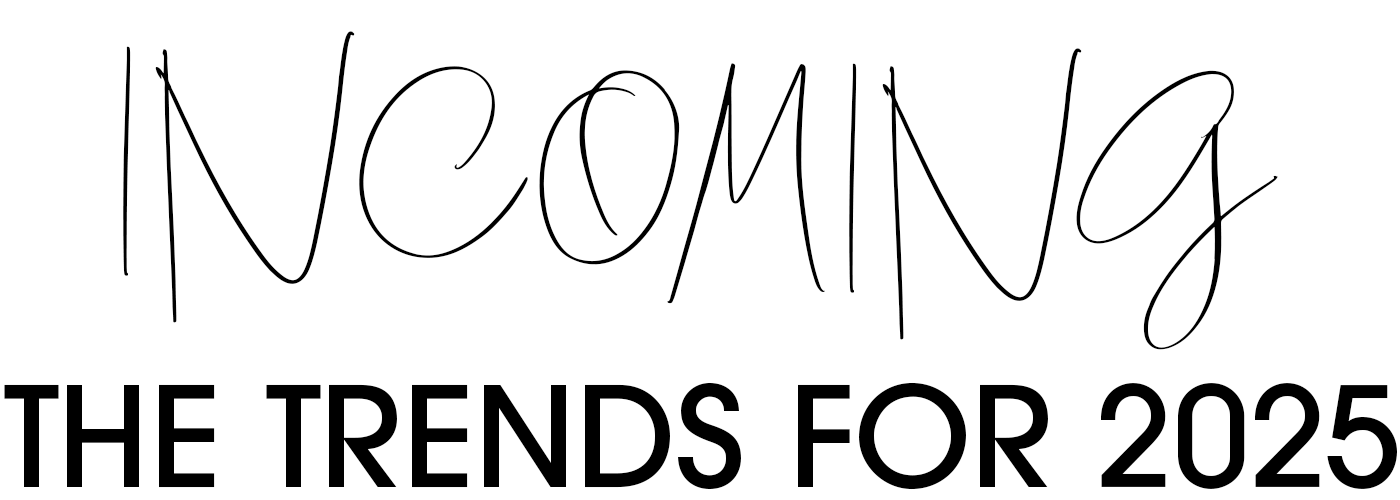

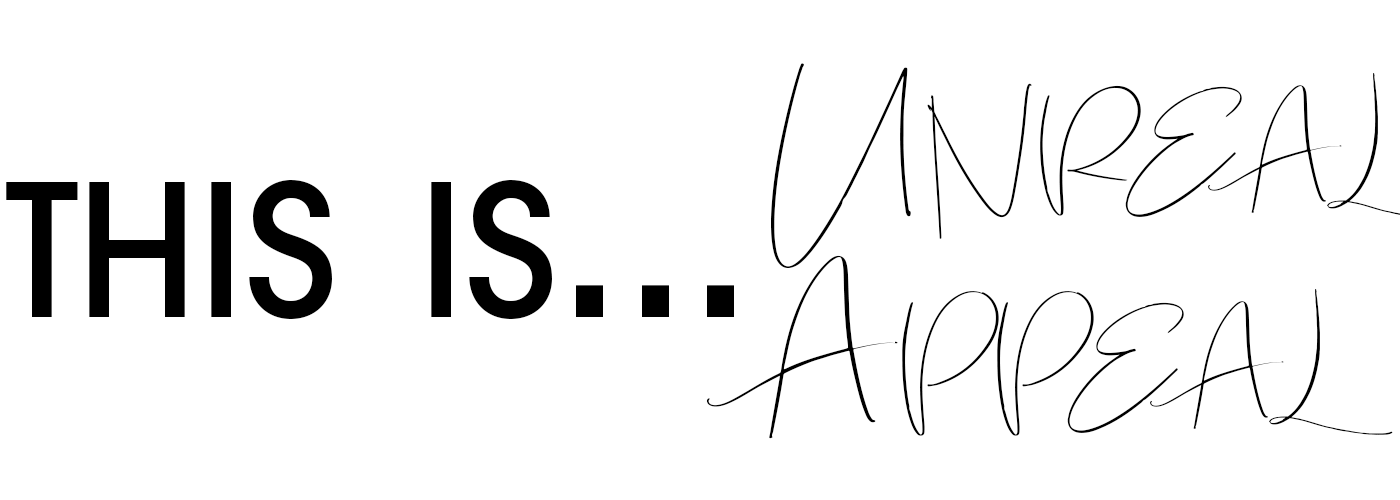
Welcome to a brave new world, where we strive to bridge the gap between the digital and the physical. Drawing on inspiration from Balenciaga’s AI generated art alongside the Cosmic Attraction trend identified by global beauty insights platform Beautystreams, this taps into the cultural zeitgeist. Surrounded by the proliferation of AI into our daily lives, Unreal Appeal considers the impact from a beauty perspective.
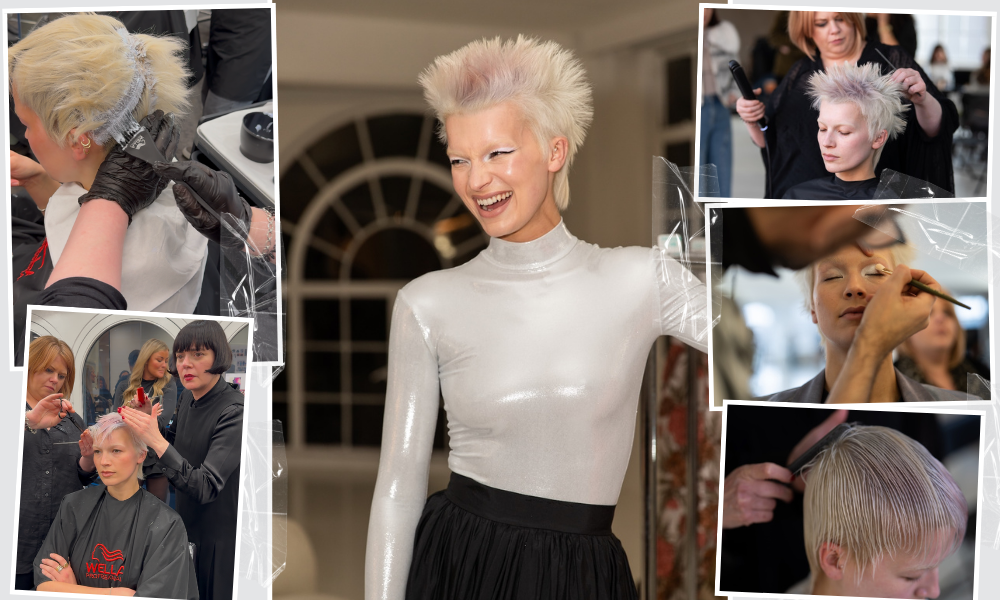

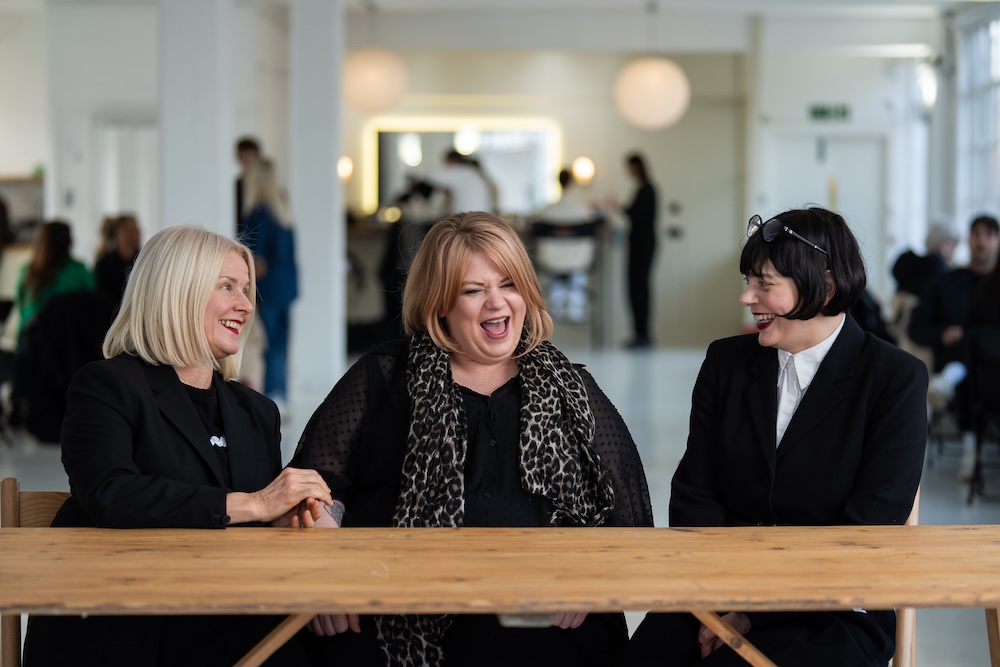
Corrine McNaughton (centre), Medusa and 2024 TrendVision Award Craft Visionary UK winner 2024. Mentored by Janice Hunter (left) and Silvia Salerno (right), Sassoon Academy

A metallic cosmic colour palette, combined with inspiration from the icons such as Grace Jones and Tilda Swinton, were key elements in creating this digitally infused look. As was the model… “We tapped into what our model, Lilly, looks like in a digital world and from an AI perspective, ‘lily’ means love, purity, feminine,” says Sylvia. “She loved the idea of looking feminine but also boyish. This is gender neutral, there isn’t that separation.” It’s a look that’s perfect for salon consultations – from bold experimenters to something more pared back. “It’s a look that’s perfect for salon consultations,” adds Janice, “from bold experimenters to something more pared back – you can translate that look so easily.


The duality of ‘yin and yang’ fuelled the creative section of the colour technique, making use of negative space to mimic the area between the real and the unreal, melting metallic shades together to create fluidity using the cool cosmos-inspired ice white backdrop. “It was all about opposites,” says Corrine.
The aim was to give the style a sense of ‘anti-gravity’ while still retaining a strong shape and full fringe effect with texture
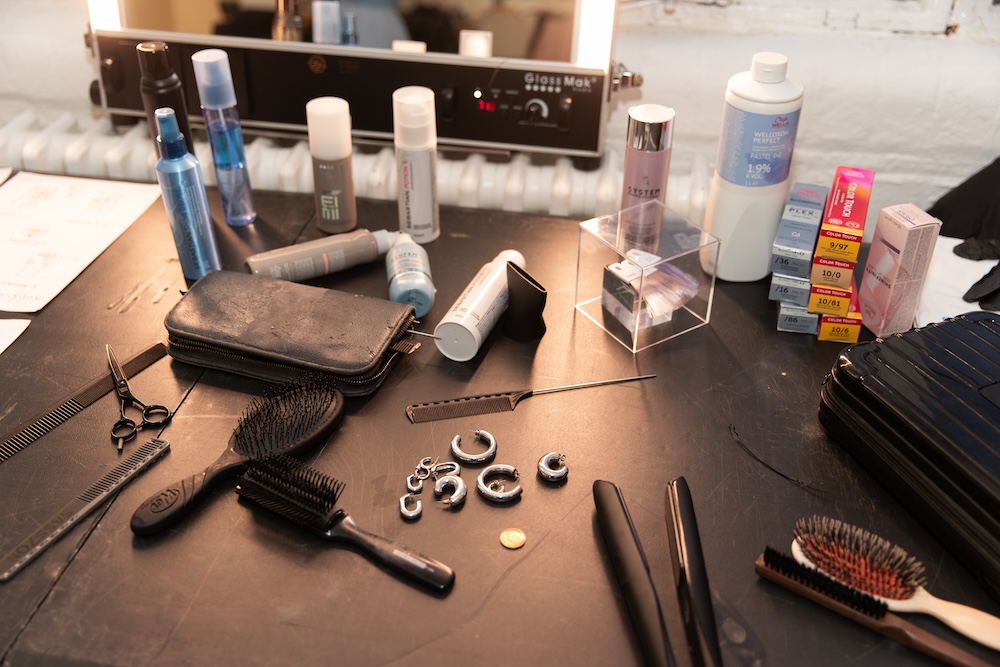


When the Cherry Cola trend broke through last year, you could feel a sense of it being a temporary moment of play. Yes, we’d had Cowboy Copper the year before too, but reds weren’t really back, were they? Well, 2025 has called, and its reply is: “oh hell, yes!”. There has been some trepidation in recent years around reds – just a bit too much, too in-your-face – but the new era reds are more subtle enhancements that offer a kiss of warmth, of a juicy tone that whispers rather than shouts…


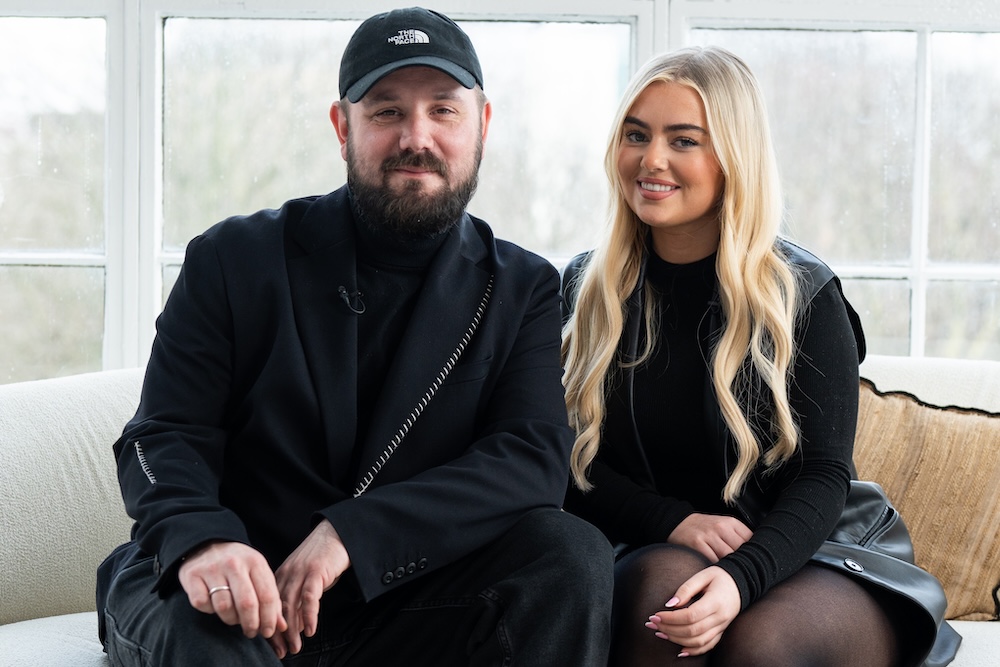
Alex White (right), House of Colour and 2024 TrendVision Award Craft Visionary Ireland winner. Mentored by Stuart Matuska, Toni&Guy

Desert skies and architecture fed into the referencing to create a lived in red that has flow and movement throughout the hair (“something dustier and smokier, with a natural thread running through,” describes Alex). She amassed beautiful images of desert rock formations, focusing on little grooves throughout the rocks, inspiring them to leave the hair quite free and flowy. “This is salon friendly, it’s really attainable for clients,” says Stuart. “There’s a place for every kind of red, but with this trend, its softer and less saturated for everyday wear.”
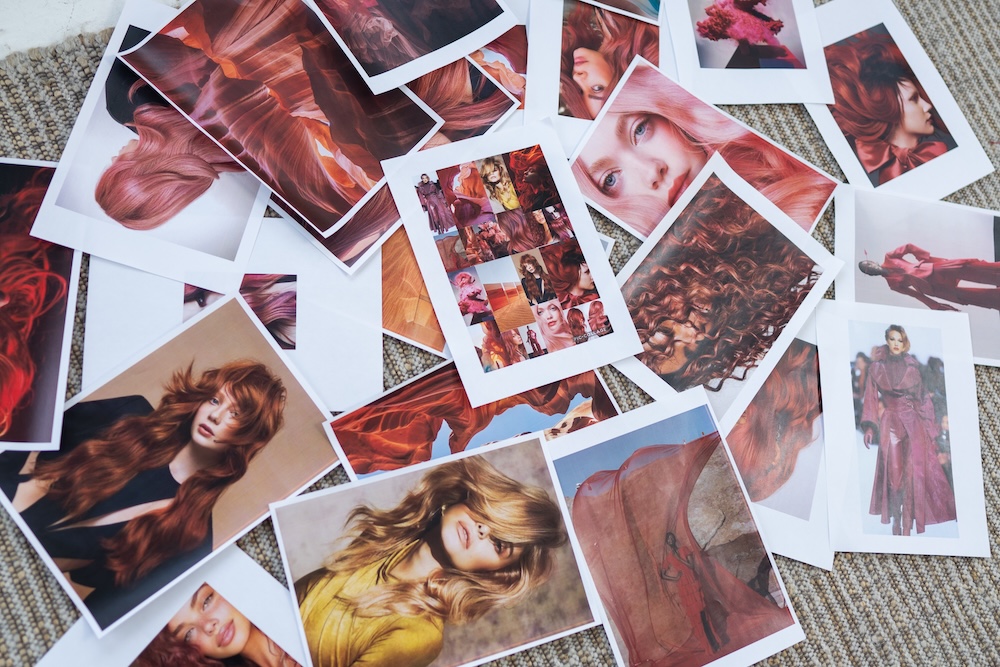

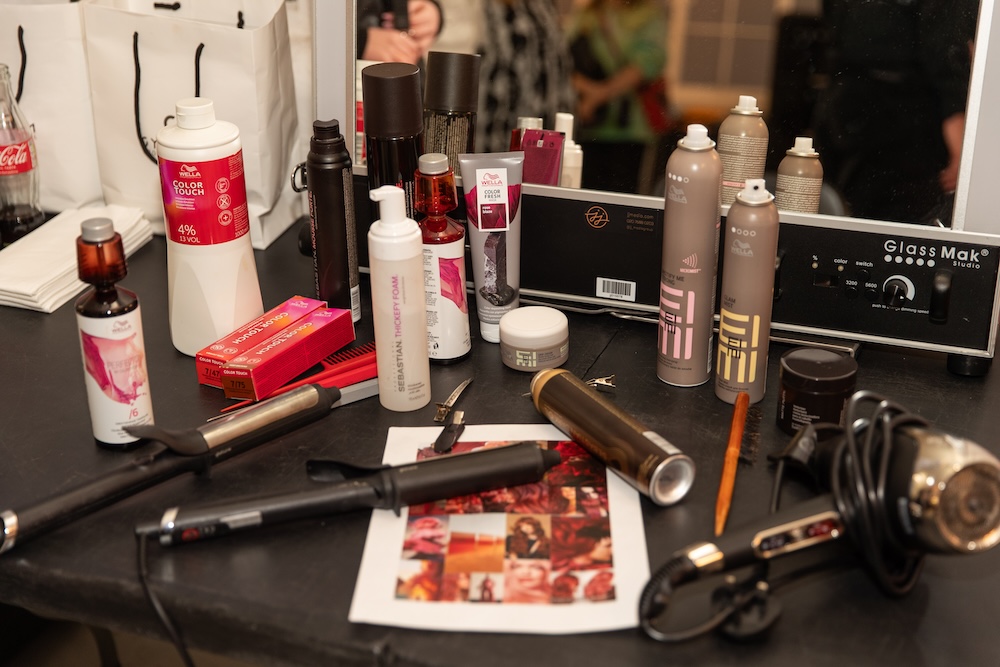

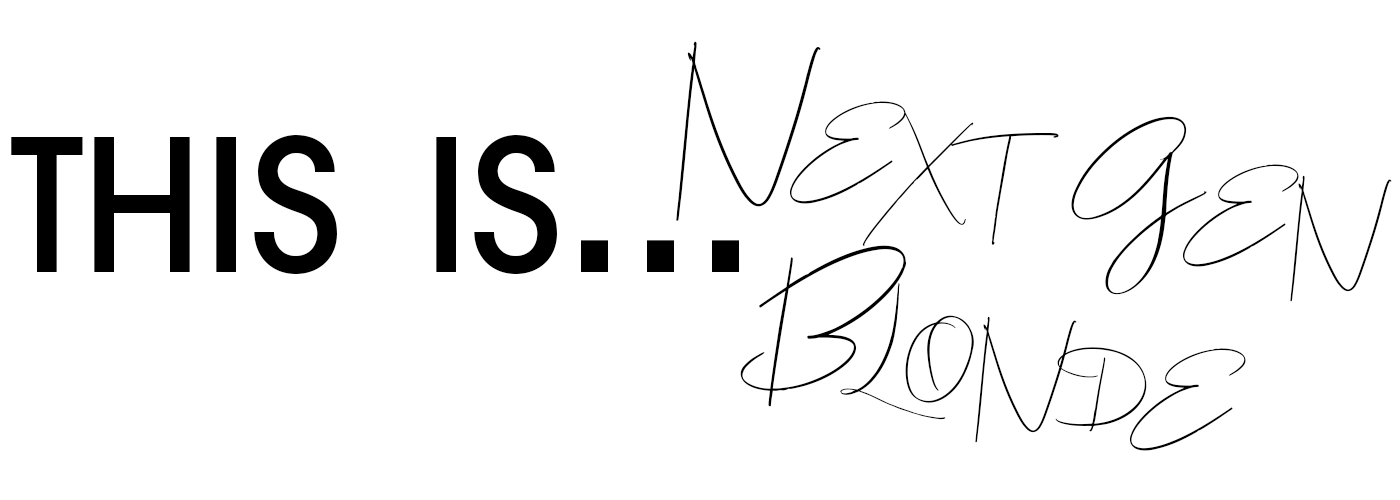
When you think blonde in recent years, you think cool in tone, bright and light. Yet as shades have become warmer in recent seasons, this new era blonde dials it down to something subtle, chic and oh-so wearable for all – a perfect entry level step for a colour-shy client who’s been tempted but has yet to take the plunge.


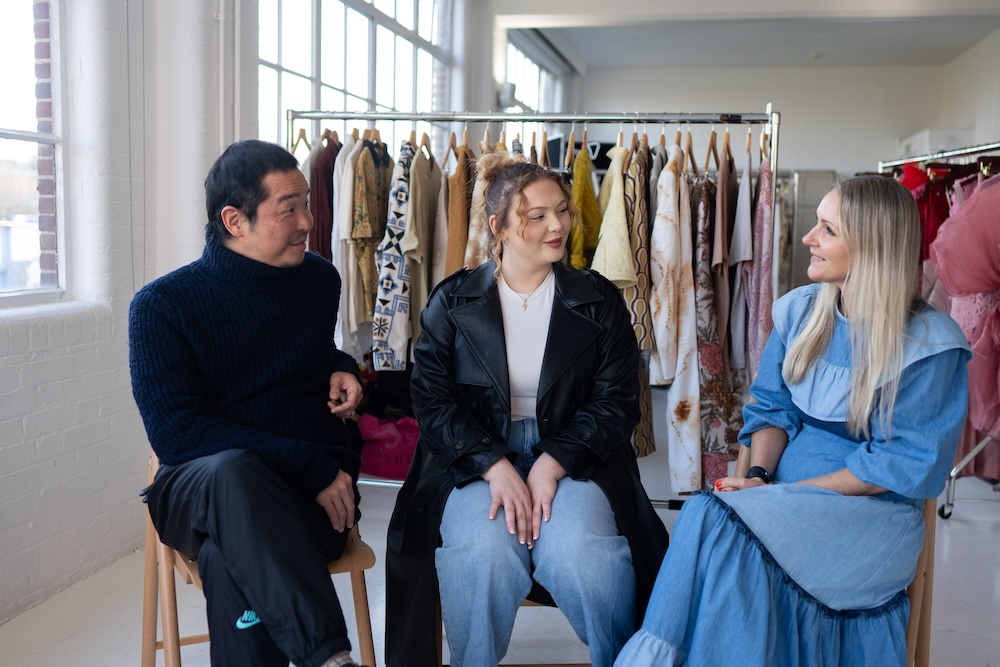
Skye Holford (centre), Regis/Kleek Apprenticeships and 2024 TrendVision Award XPOSURE Creative Colour UK & Ireland winner. Mentored by Christel Barron-Hough (right) and Gen Itoh (left), Stil.

Welcome to the West Coast, where the artisanal vibe with our Next Gen Blonde is a “relaxed fusion of boho and future,” says Skye. While Gen started looking at inspiration from the Y2K era and 1970s musicians, look closely and you might spot the influence of fashion label Jil Sander. “They’re [Jil Sander] really good at hard, structured lines, but then bringing in an element of nature or organic textures to make it softer,” adds Christel.
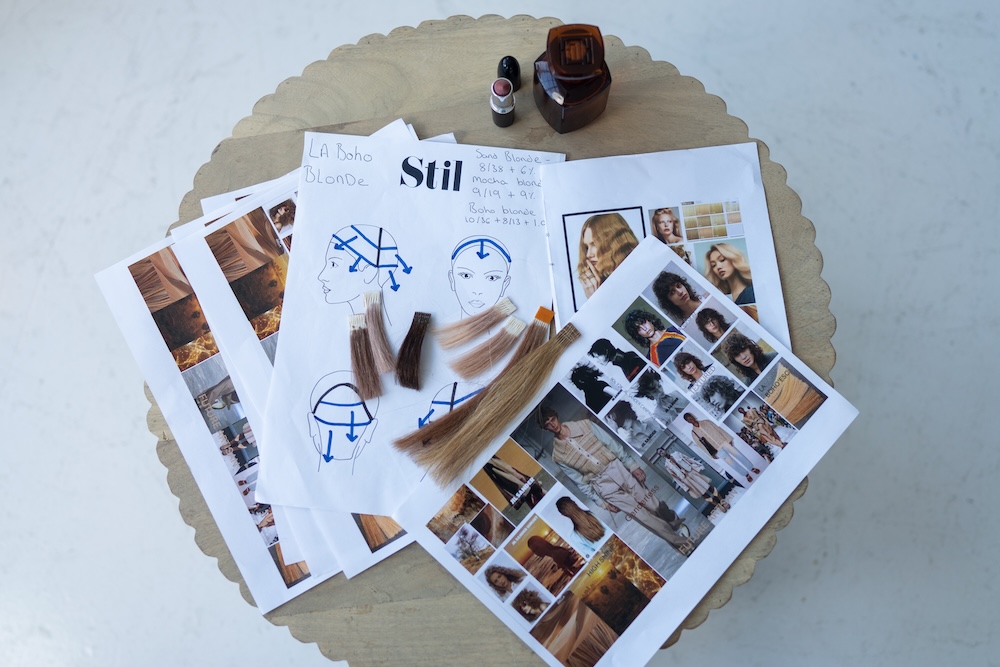

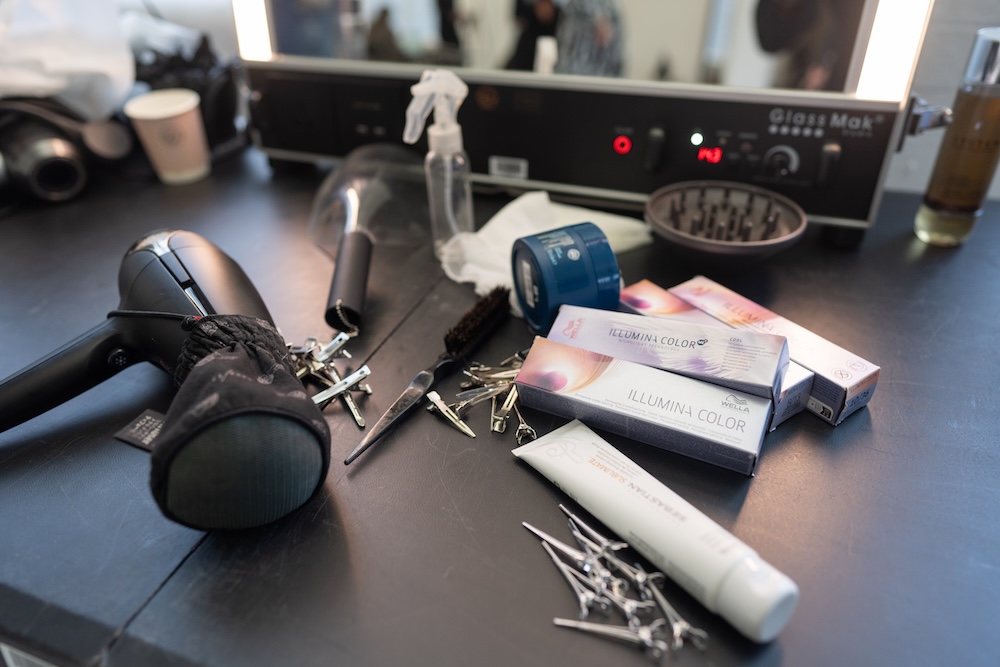


After years of long hair ruling mainstream trends, a boom of bobs exploded across the trends landscape last year – Italian! French! Mob Wife! They were sleek, chic ever evolving. So, what are we going to see next? Well, plenty of those bob clients who opt for the chop are going to experiment and edge ever higher… say hello to the Micro Bob.


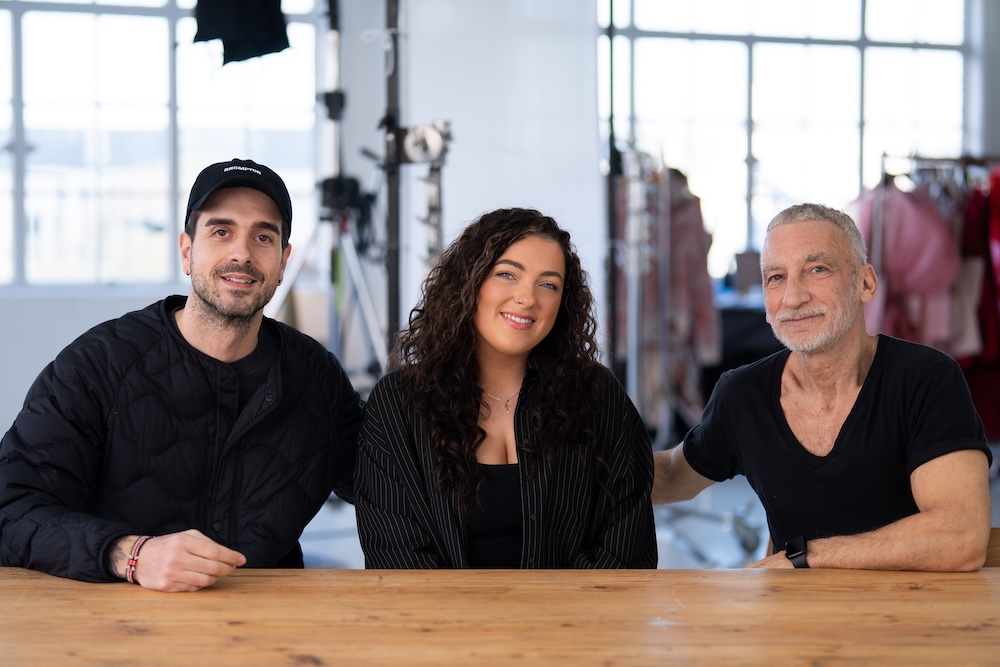
Maggie Grant (centre), House of Colour and 2024 TrendVision Award Colour Visionary Ireland winner. Mentored by Akin Konizi (right) and Nestor Sanchez (left), HOB Salons & Academy

For the colour, the Micro Bob team was inspired by Mocha Mousse – Pantone’s Color of the Year. “We visualised warm, rich brunette tones, incorporating a little bit of lightness through the top to enhance that texture and to bring out the shape,” says Maggie. “This earthy brunette will be a huge trend in 2025 and is very salon friendly.” And the cut pushes those 2024 bobs to the edge… “This is a little graduated bob that’s got lots of texture, loads of movement, is still very relevant and very sexy,” explains Nestor. “It can still be moved around, tucked behind the ears. It’s the next part of the evolution,” adds Akin. “It’s what we need to get clients back into the salon.” And if Emma Stone is any indicator, we could be seeing this tipping into a pixie cut era…
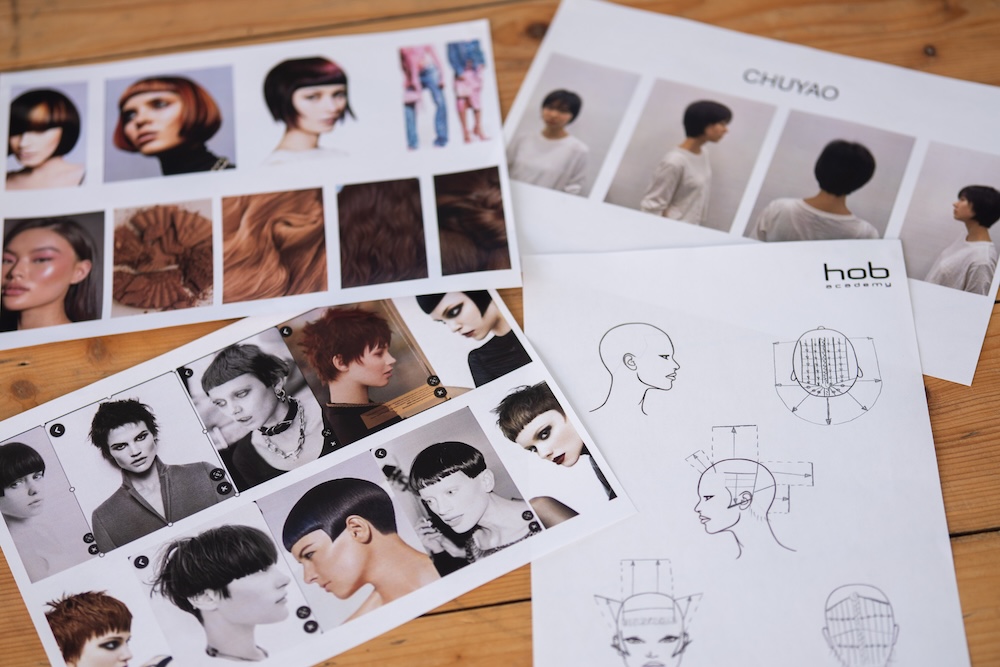

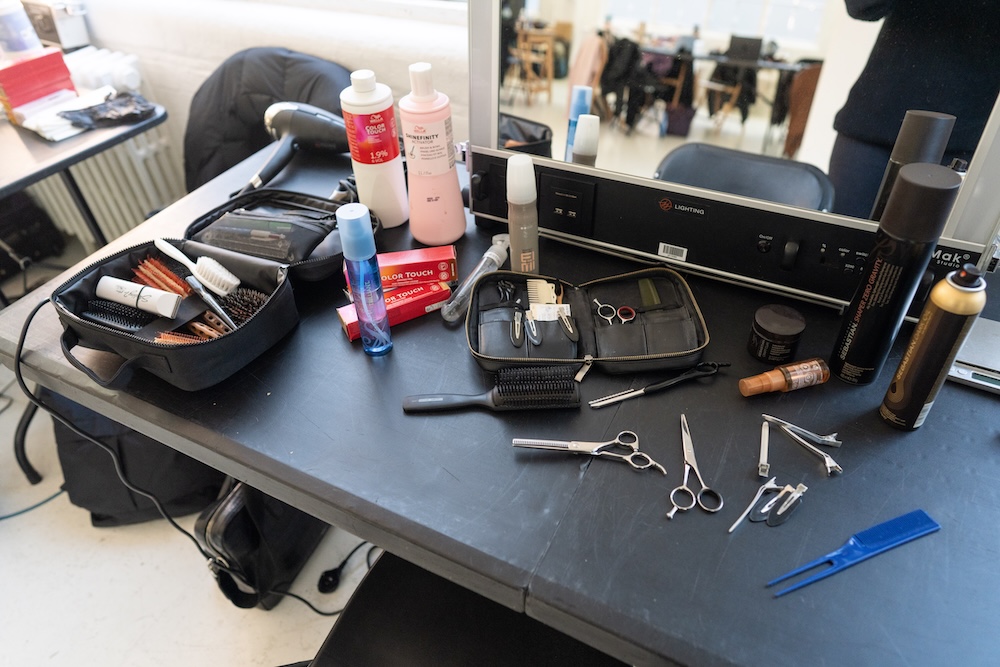

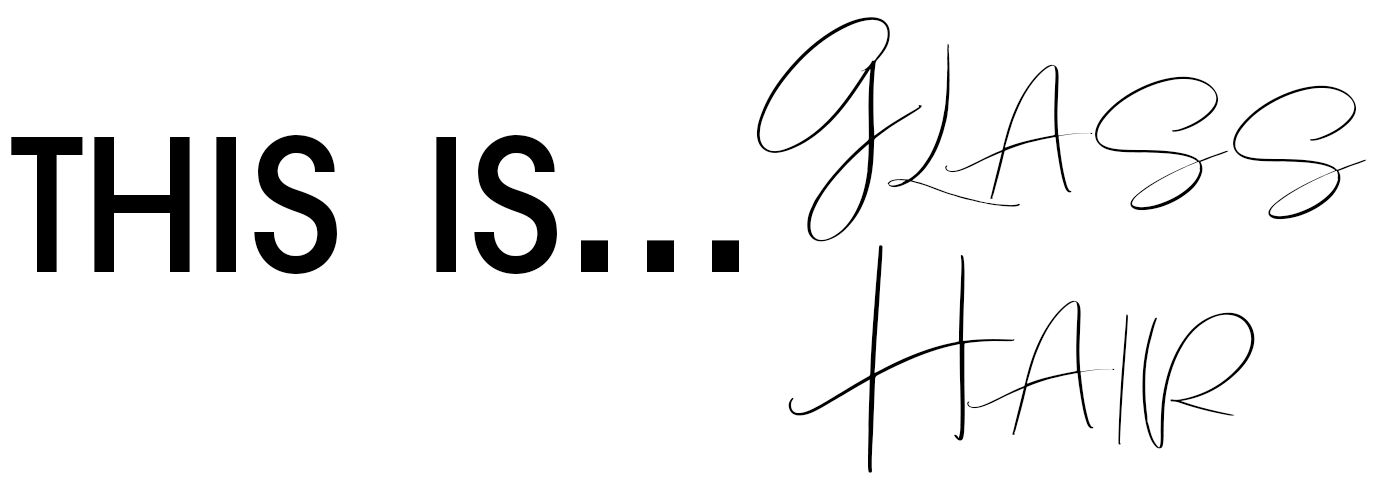
The beauty world is enraptured with the concept of glass skin (Pat McGrath’s launch of her Glass Skin masks, designed to whet the appetites of fans of the look she created for that iconic Maison Margiela’s couture show last year), and dive into the most popular search terms for hair, and you’ll find the same key terms – glossy, shiny, polished. Welcome now to the era of Glass Hair, with locks so luminous, it appears as if it’s been carefully blown from the most reflective of glass.


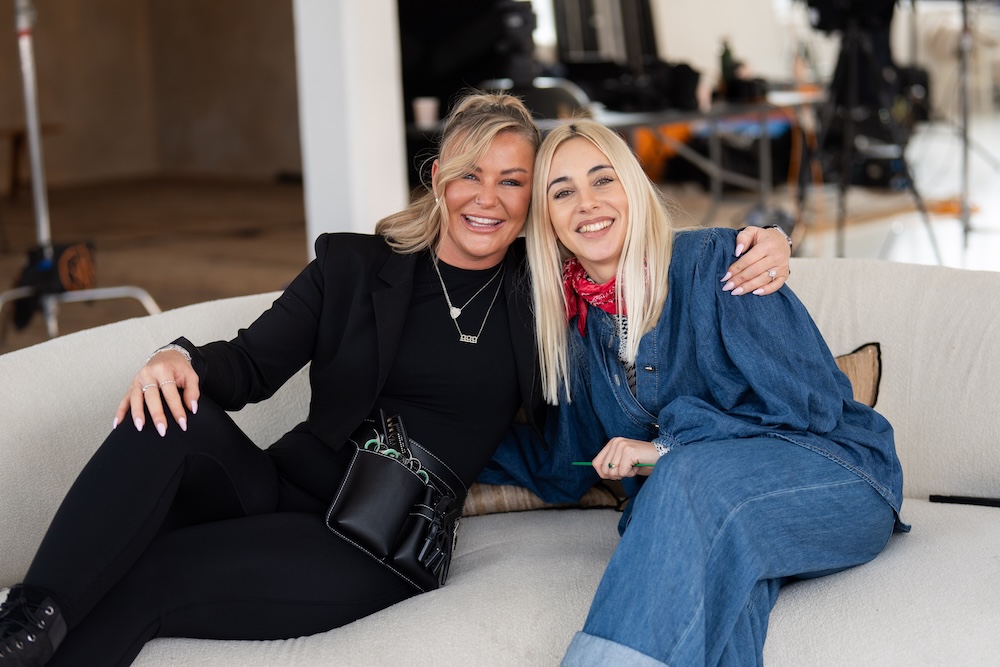
Gemma Hill (left), Luvely and Wella Professionals Wella Colour Higher Level Diploma student. Mentored by Jordanna Cobella, Cobella

Skincare and beauty tears filled the moodboards with this trend. While Glass Hair might not be new, believe us when we say it’s getting bigger this year. “Who doesn’t want healthy, shiny hair?” asks Gemma, “and that’s what this trend is all about.” But the team behind this look wanted to give the look a twist (literally), delivering a dual texture delight that celebrates the curls of the model’s Afro texture with a section of mirror-like shine. This also referenced Jordanna’s breathtaking show at the TrendVision Award Final. “It’s a juxtaposition that brings the hair texture to life,” explains Jordanna. The secret? Just like with skin, it’s all in the layering… “That’s the key to this trend – layering colour, glazing in layers. That’s what gives us that real high shine finish.”
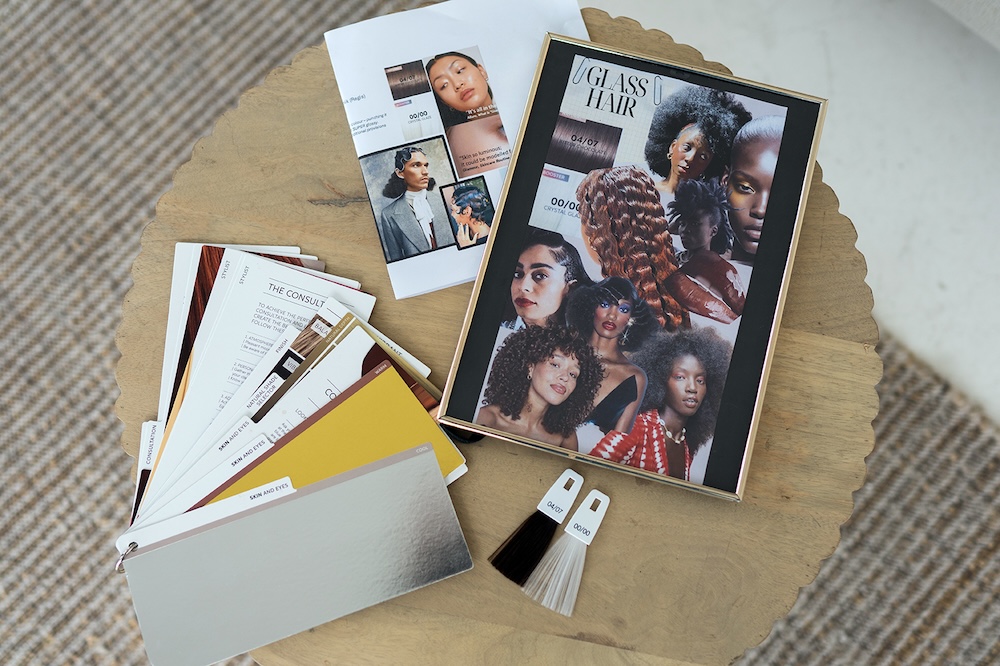

With glossy hair one of the BIG searches on both Google and TikTok, this is a brilliantly adaptable trend to any texture to give guests what they’re hunting for. “This is really good for clients, it’s an easy service,” says Gemma.
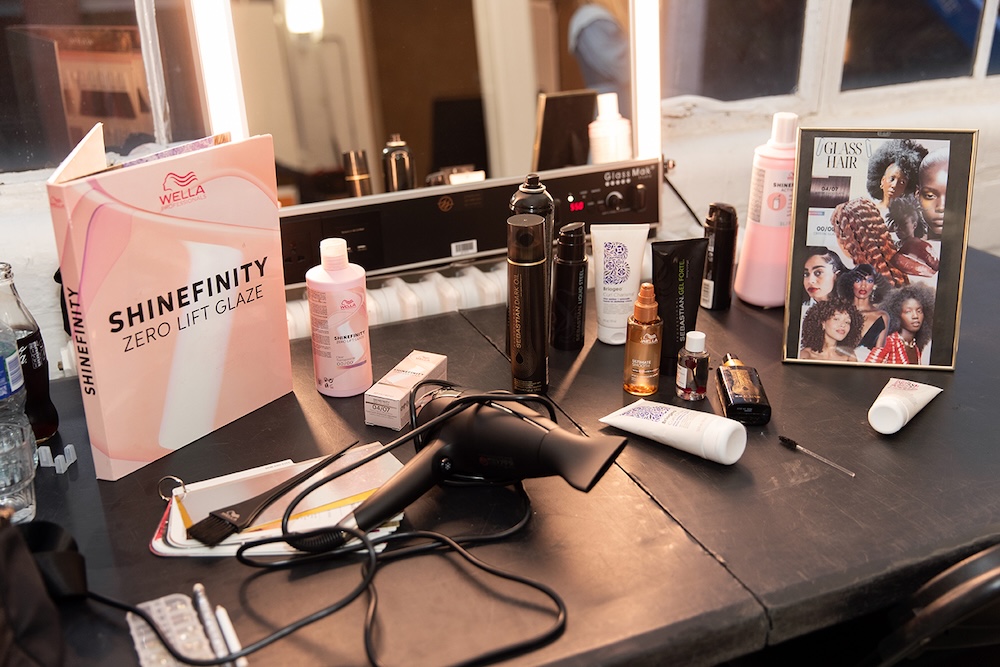

A Creative HEAD shoot, in partnership with Wella Professionals
Photography Tom O’Neill, assisted by Josh Bryant and Arthur Millier Radnall
Reportage photography Sarah Seal
Videography Austen Killingbeck-Jones, assisted by Douglas Cock
Hair Alex White and Stuart Matuska (Red Revolution); Maggie Grant, Akin Konizi and Nestor Sanchez, assisted by Elijah Hourrides (Micro Bob), Corrine McNaughton, Janice Hunter and Silvia Salerno (Unreal Appeal), Skye Holford, Christel Barron-Hough and Gen Itoh (Next Gen Blonde), Gemma Hill and Jordanna Cobella, assisted by Gabriel Canton (Glass Hair), with additional support provided by Eliz Alieva, Keira Campbell-Sharp and Marie Hall – all for Wella Professionals
Make-up Eoin Whelan, assisted by Lucy Freeman
Fashion Issie Gibbons, assisted by Lacie Gittins
Models Lilly Bridger (Body London), Chuyao (The Hair Desk), Keilah Deere (Boss Models), Miles Marsh (Named Models), Oyinda Nihinlola (The Crowd Models)
Editorial Amanda Nottage
Digital and social media Kelsey Dring, Caitlyn Brandom, Maddi Lane
Creative direction and production Joanna Kidd
Shot on location at VIEW at JJ Studios, Wimborne House